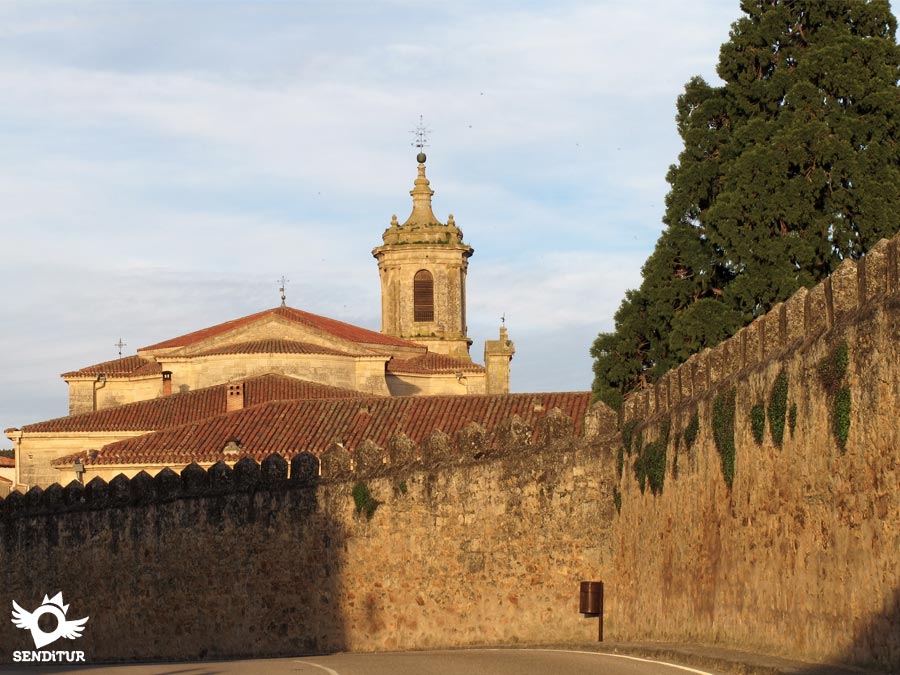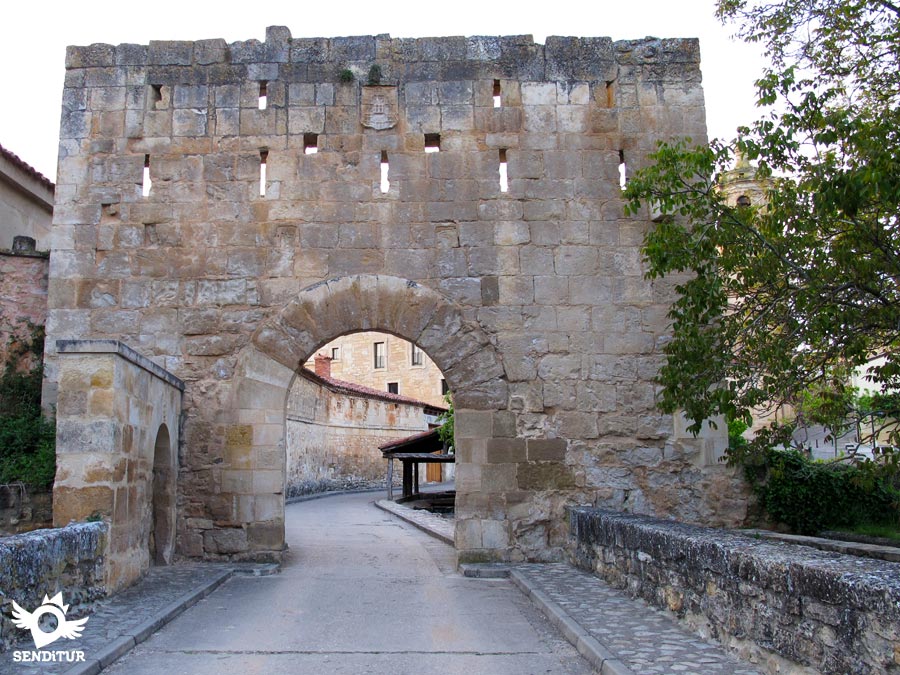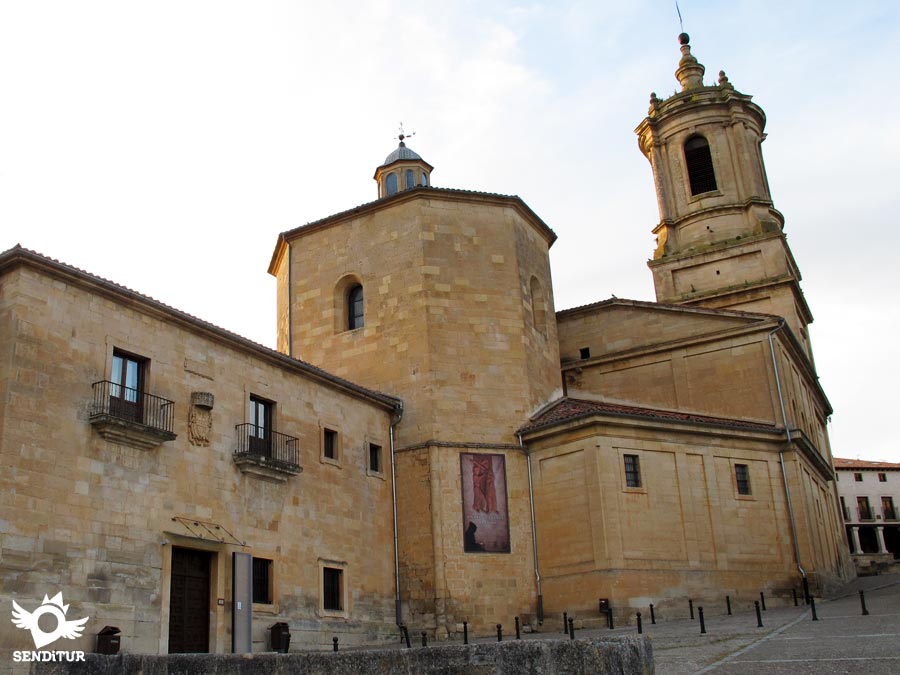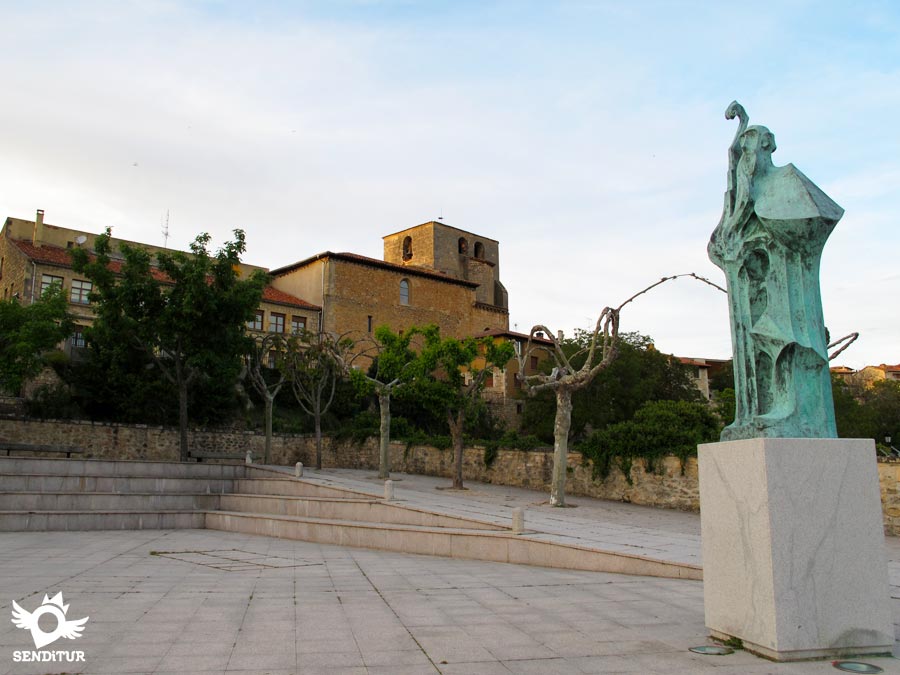Monastery of Santo Domingo de Silos
Santo Domingo de Silos, Burgos![]()
![]()
![]()
![]()
![]() (0)
(0)
Benedictine monastery where the monks raise their prayers through Gregorian chant
Santo Domingo de Silos, Burgos![]()
![]()
![]()
![]()
![]() (0)
(0)
Benedictine monastery where the monks raise their prayers through Gregorian chant
It is in the hollow of the valley of Tabladillo in Burgos, between the river Arlanza and the Sierra de la Demanda, on the banks of the river Ura or Mataviejas, there is Santo Domingo de Silos, and in this small town is located The Monastery of Santo Domingo de Silos, Benedictine abbey, and one of the capital monuments for the history of Romanesque. In the Visigothic period, around the 7th century, there was a monastery dedicated to San Sebastián, although it disappeared during the Muslim occupation. In the tenth century, still called San Sebastian de Silos, Count Fernan Gonzalez, who ruled in Castile, restored it and the monastic community resurfaced again, but during the eleventh century was razed by Almanzor and will not be reborn until the arrival in 1041, Santo Domingo, monk born in the Riojan town of Cañas, teacher of children in San Millan de la Cogolla and prior of the house of Santa Maria in Cañas.

As Prior of the monastery of San Millán de La Cogolla, he was banished for opposing giving García, king of Navarre and son of Sancho III el Mayor, a large amount of money that he demanded as royal rights. Already in Castile, Dominic is protectorately welcomed by Fernando I who entrusts him to revitalize the ruined monastery of San Sebastián de Silos. With the determination of Santo Domingo as abbot of the monastery was erected the Romanesque church, consecrated in 1088 by Abbot Fortunio, the cloister that still survives, and the rest of the monastic outbuildings. He died on 20 December 1973 and his body was buried in the north wing of the cloister. Sanctified in 1080, he was transferred to Burgos. Upon the death of the saint, the monastery took his patronage and was renamed Santo Domingo de Silos. With the disentailment of Mendizábal in the 19th century, the monastic life of Silos was interrupted for forty-five years, until French Benedictines, led by a monk from the Abbey of Solesmes, took refuge in what remained of the monastery of Silos and gradually restored.

The current monastery, home to a true architectural jewel of the Romanesque, is its cloister. Exceptionally composed of two floors built from the eleventh to the thirteenth century. Once the lower cloister was finished, they undertook the superimposed construction of a second cloister, without breaking the style as a whole, which was truly exceptional in the Romanesque style. The low cloister astonishes us with its bas-reliefs and the architectural beauty of its capitals with suggestive decorative motifs. The Virgin Gate, which connects the cloister with the church and is a vestige of the primitive Romanesque temple, and the façade of the now defunct chapter house that opened onto the eastern gallery are also noteworthy.

Also interesting is its Mudejar coffered ceiling, 16th century, decorated with scenes that are a sharp interpretation of the customs of Castile at that time. From the courtyard, apart from the cypress so sung by the poets, we can compare the Romanesque style and its beauty with the austerity of the 18th century bell tower. The church is neoclassical. The monastery also has a Pharmacy, very interesting from the 18th century, and a Museum, in which manuscripts, Mozarabic and Romanesque sculptures, a tympanum from the primitive church, the chalice and the paten of Santo Domingo are conserved, among other valuable pieces. Also worthy of mention is the antechrist, which contains the chains of the captives released by the Saint and the baroque chapel where his tomb is located. This is the only monastery in Spain in which the monks make their prayers completely in Gregorian.
The name Gregorian chant comes from Pope Gregory I (590-604), like everything else, had its apogee and decline, however, with the installation of the Benedictines in the abbey of Solesmes in 1835, its resurgence occurred. Little by little, the Gregorian chant has recovered and, from the aforementioned abbey, it has spread to others, such as Silos. The monk identifies himself with the monastic life through prayer, always recited according to the Gregorian chant, seven times a day: maitines, lauds, tercia, sexta, nona, vespers.

The medal of St. Benedict is attributed power and remedy, either against certain diseases of man and animals, or against the evils of the spirit. It is also frequent to place it in the foundations of new buildings as a guarantee of security and well-being of its inhabitants. St. Benedict, founding father of the Benedictine order, frequently used the sign of the cross as a sign of salvation. St. Benedict broke the vessel containing poison with the only sign of the cross made on it. A cross was the signature of the monks on the letter of their profession when they could not write. For all these reasons, the origin of this medal is based on the experience of the all-spiritual that appears in the life of St. Benedict as described by Pope Gregory in Book II of Dialogues.
The monastery can be visited every day in the mornings and afternoons, except on Mondays when there are no sightseeing tours. It is not necessary to book in advance.
MORE ROUTES AVAILABLE, DON'T MISS IT...
MORE PLACES AVAILABLE, DON'T MISS IT...
Santo Domingo de Silos can be reached following the BU-911 that comes from nearby Caleruega or from Lerma by the BU-900, it is also possible to access from the N-234 that joins Burgos and Soria following the BU-903 from Hacinas. There is a bus service, departing from Burgos or Lerma, every day except Sundays and public holidays.
In the outskirts of the town when arriving from Lerma or Caleruega we will find the zone of parking, next to the enclosure of the monastery. Walking along the road that crosses the village, we will arrive at the main square, where, descending down the street between the church and the town hall, we will do so at the entrance to the monastery.
SENDITUR is not responsible for any variation in the information described, as well as for the misuse of its guides and recommends that everyone be responsible and prudent in carrying out the activity. Likewise, we invite you to document yourself with books and specialized guides to complement the information described. From the commitment of SENDITUR with Nature and the respect to the balance of the environment, SENDITUR urges you to travel in a responsible way, with low environmental impact and respecting at all times the Natural, Cultural and Social environment wherever you go. For any suggestion, SENDITUR invites you to send an email to
Continue watching …